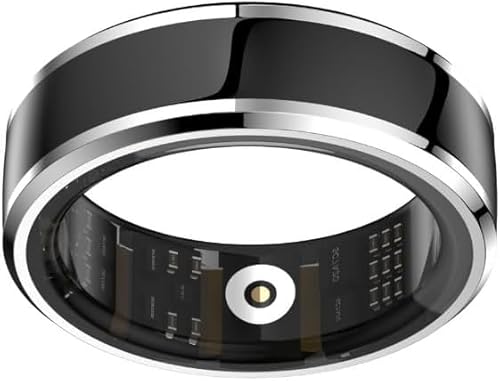Ross
Well-known member
Audience: Radiological, Neurological and emergency medicine healthcare professionals
[UPDATED 12/07/2009] The FDA, working with state and local health authorities, has identified at least 50 additional patients who were exposed to excess radiation of up to eight times the expected level during their CT perfusion scans. These cases so far involve more than one manufacturer of CT scanners. Some of these patients reported hair loss or skin redness following their scans. High doses of radiation can cause cataracts and increase the risk of some forms of cancer.
On the basis of its investigation to date, the FDA is providing interim recommendations for imaging facilities, radiologists, and radiologic technologists to help prevent additional cases of excess exposure.
These recommendations include:
Facilities assess whether patients who underwent CT perfusion scans received excess radiation.
Facilities review their radiation dosing protocols for all CT perfusion studies to ensure that the correct dosing is planned for each study.
Facilities implement quality control procedures to ensure that dosing protocols are followed every time and the planned amount of radiation is administered.
Radiologic technologists check the CT scanner display panel before performing a study to make sure the amount of radiation to be delivered is at the appropriate level for the individual patient.
If more than one study is performed on a patient during one imaging session, practitioners should adjust the dose of radiation so it is appropriate for each study.
Read the MedWatch safety summary, including a link tlo the FDA News Release, at:
http://www.fda.gov/Safety/MedWatch/...tyAlertsforHumanMedicalProducts/ucm186105.htm
[UPDATED 12/07/2009] The FDA, working with state and local health authorities, has identified at least 50 additional patients who were exposed to excess radiation of up to eight times the expected level during their CT perfusion scans. These cases so far involve more than one manufacturer of CT scanners. Some of these patients reported hair loss or skin redness following their scans. High doses of radiation can cause cataracts and increase the risk of some forms of cancer.
On the basis of its investigation to date, the FDA is providing interim recommendations for imaging facilities, radiologists, and radiologic technologists to help prevent additional cases of excess exposure.
These recommendations include:
Facilities assess whether patients who underwent CT perfusion scans received excess radiation.
Facilities review their radiation dosing protocols for all CT perfusion studies to ensure that the correct dosing is planned for each study.
Facilities implement quality control procedures to ensure that dosing protocols are followed every time and the planned amount of radiation is administered.
Radiologic technologists check the CT scanner display panel before performing a study to make sure the amount of radiation to be delivered is at the appropriate level for the individual patient.
If more than one study is performed on a patient during one imaging session, practitioners should adjust the dose of radiation so it is appropriate for each study.
Read the MedWatch safety summary, including a link tlo the FDA News Release, at:
http://www.fda.gov/Safety/MedWatch/...tyAlertsforHumanMedicalProducts/ucm186105.htm






















